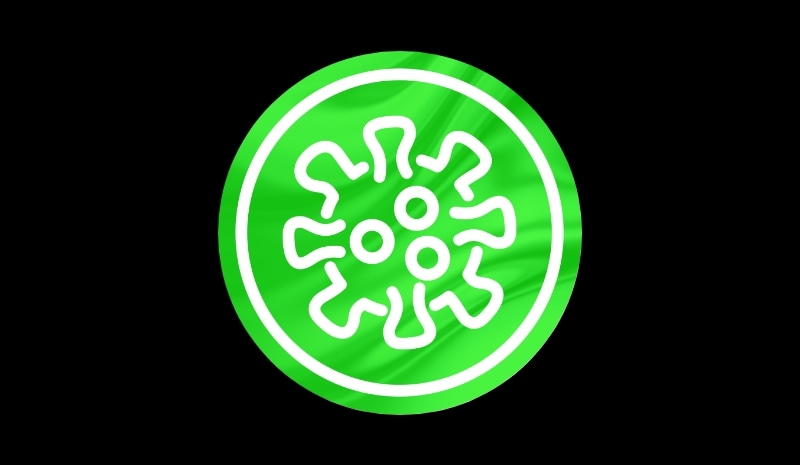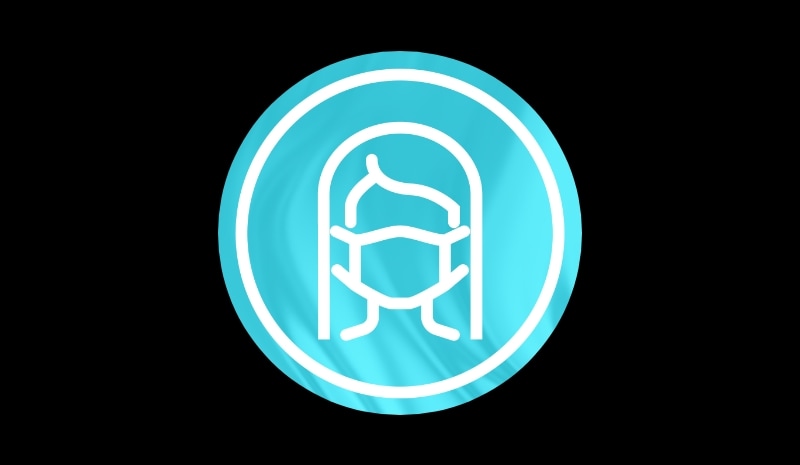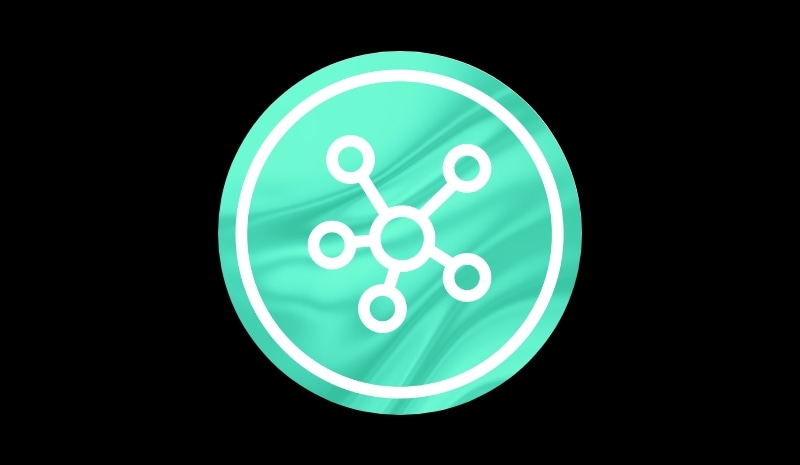Never the same again: How COVID-19 created seismic change in global life sciences regulations has been saved

Perspectives
Never the same again: How COVID-19 created seismic change in global life sciences regulations
A global report for life sciences executives and regulators
While COVID-19 introduced many global challenges in the life sciences industry, it also brought accelerated global scientific and regulatory collaborations and innovations. In our new extensive report, you’ll discover the impact of COVID-19 on the life sciences industry, what has been accomplished by the industry and its regulators globally, and what opportunities may emerge going forward.
Driving better clarity on global life sciences regulations
On April 17, 2020, the National Institutes of Health (NIH) and its Foundation (FNIH) created the Accelerating COVID-19 Therapeutic Interventions and Vaccines (ACTIV) program to develop an international strategy for a coordinated research response to COVID-19. Was this unprecedented level of collaboration a one-off, or will it continue across life sciences industry in the future?
As the industrial and regulatory landscape continues to evolve, it’s vital for stakeholders to have clarity on next steps to help them prepare their people and systems for the next global crisis.
With that in mind, the Global Regulatory Intelligence Team (GRIT) at Deloitte has created an in-depth report, “Never the same again: How COVID-19 created seismic change in life sciences regulations.” Our subject-matter specialists on the ground, leveraging long-term relationships and in-depth research spanning in time from the onset of the pandemic to March 2021, co-wrote this life sciences industry report that richly integrates global insights and relevant findings. In it, they share what fundamentally changed in life sciences regulation through a prism of five of the world’s most populous economies and largest life sciences markets—the United States, China, the European Union, Japan, and India.
Addressing four facets of the new global life sciences regulatory landscape
Given the expansive scope of the report, we have focused the report around four key areas: governments declaring health emergencies, regulators collaborating with companies, regulatory agencies collaborating across borders, and companies collaborating with each other.

And just like that, everything changed
Governments declared health emergencies
A declaration of a public health emergency positions a country’s decision-makers to enact extraordinary measures. Those measures impact citizens’ behavior as well as regulatory governmental agencies, life sciences companies, and the health care industry. As our report reveals, one common effect was enabling governments to deploy a whole-of-government approach (to various degrees) to enact public health measures as well as steps that impacted life sciences industry supply chains and working arrangements. Regulatory agencies and industry responses soon followed, shaping the transition to operating in “crisis mode.”

Utilizing regulatory flexibility for the common good
Regulators modified processes and collaborated with the industry at unprecedented levels
Under the extremely uncertain conditions fostered by COVID-19, regulators set priorities for diagnostics, treatments, and vaccines, and for devices ranging from diagnostic test kits to personal protective equipment (PPE) to ventilators. We go in depth on how the readiness and ability of regulators to relax certain requirements, lower barriers to entry, and accelerate approval processes facilitated rapid public- and private-sector responses. In addition, collaborations between regulators and life sciences companies reached unprecedented levels, facilitating innovation and development of products and accelerating their introduction to the market.

Allied for a common cause
Regulatory agencies collaborated across borders
To help manage the pandemic, regulators in most of the locations we studied collaborated at levels rarely, if ever, seen in the past. These collaborations focused mainly on areas such as creating clusters of technical experts, sharing research results, leveraging inspection reports, and disseminating information on how to help health care workers treat patients and stay safe. Explore how, for some regulators—particularly the US Food and Drug Administration (FDA) and the EU European Medicines Agency (EMA)—this mean collaborating quite closely, while some in other regions took less collaborative approaches.

Pulling in the same direction
Life sciences companies reached new levels of collaboration
Companies within the industry—and even outside it—engaged in heretofore unseen levels of collaboration. The urgent need to develop treatments, vaccines, diagnostics, and medical devices, along with the relaxation of related regulations, led life sciences companies that had been competitors to cooperate in developing solutions to scientific problems. Our report also shares how this also prompted non-life sciences companies to enter the arena, if only temporarily, to help address raw materials shortages, digitalize more of the drug development process, and enhance manufacturing capacity.
Racing to catch up: Digital technology adoption accelerates
While digitalization of processes, transactions, and relationships had been underway for some time, pandemic-related developments and restrictions surely accelerated this trend. Organizations in all locations studied moved rapidly to technology-enabled work from home (WFH), digital communication, and digitalization for monitoring of clinical trials. As our report notes, while technology brought positive impacts, it also presented new risks. The downsides included lines between work and home activities being blurred, long hours in front of computers reducing movement and impacting health, and heightened exposure to fraud and digital breaches—impacts which should be examined and more deeply understood.
Read the report to explore more examples.
Into the future, together: a report written through a global prism
Our life sciences industry report takes a deep dive by region and shows how each country’s responses varied in approach, timing, intensity, and effectiveness. Here are just a few snapshots of the findings we uncovered globally.
 |
United States: • Regulatory modifications by US regulators triggered enhanced responses to the pandemic, such as relaxing clinical trial application (CTA) provisions to accelerate the administrative process.1 • Unlike ever before, several large pharmaceutical companies, including Eli Lilly, Novartis, Gilead, and AstraZeneca, formed a group called COVID R&D to share knowledge and resources.2 |
 |
China: • In January 2020, the genome sequence of the virus was isolated in China, and Chinese regulators soon shared the research results with the WHO for global research purposes.3 • Manufacturers and distributors collaborated with Central and provincial governments on volume-based procurement (VBP) of drugs that have passed their patent protection period. |
 |
European Union: • The EU European Medicines Agency (EMA) established a pandemic task force to accelerate the development, authorization, and monitoring of COVID-19 treatments and vaccines4 • EMA collaborated with the US Food and Drug Administration to exchange information on products and clinical trials and jointly interpreted data supporting regulatory decisions.5 |
 |
Japan: • The Ministry of Health, Labour and Welfare (MHLW) collaborated with industry groups to stabilize supplies of essential items in response to the declaration of a state of emergency.6 • Pharmaceuticals and Medical Devices Agency (PMDA)—the regulatory authority for medical devices, vaccines, and drugs in Japan—introduced several regulatory changes that supported life sciences. |
 |
India: • India responded by establishing a regulatory framework for rapid COVID-19 response, including fast-tracking the approval process for vaccines, diagnostics, prophylactics, and therapeutics.7 • In May 2020, the Ministry of Health and Family Welfare set up an approval system permitting applicants to manufacture and stock COVID-19 vaccines under clinical trial. 8 |
Moving forward, with caution and vision
As the industry continues to ponder the global impacts of new regulatory regimes, now is the time to understand how your priorities were set, examine ways in which communication changed, assess how impacts were absorbed, and be ready to respond more effectively to future crises.
Download “Never the same again: How COVID-19 created seismic change in life sciences regulations” today and gain clarifying insights that may help you collaborate better, accelerate innovation, and expand.
Get in touch
Terence Yifan Cai
Consultant | Deloitte Consulting (Shanghai) Company Limited
Deloitte China
Kylie Xinyuan Dong
Consultant | Deloitte Consulting (Shanghai) Company Limited
Deloitte China
Paulien Nuyts
Junior manager | Deloitte Risk Advisory BV
Deloitte Netherlands
Kishore Sridharan
Specialist manager | Deloitte AERS India Pvt L
Deloitte India
Babuji Mythili
Solution delivery manager | Deloitte AERS India Pvt L
Deloitte India
Magapu Rajesh
Solution delivery manager | Deloitte AERS India Pvt L
Deloitte India
Kachroo Ruchika
Manager | DTTILLP
Deloitte India
Shetty Nishiketh
Manager | DTTILLP
Deloitte India
Taichi Kido
Director | DTC
Deloitte Japan
Ayumi Kawano
Senior consultant | DTC
Deloitte Japan
Paola Chinchilla Lee
Manager | Deloitte AG
Deloitte Switzerland
Malka Fraiman
Specialist master | Deloitte & Touche LLP
Deloitte US
Rishabh Srivastava
Senior consultant | Deloitte & Touche LLP
Deloitte US
Reid D’Amico
Specialist master | Deloitte & Touche LLP
Deloitte US
Tingting Pi
Partner | Deloitte Consulting (Shanghai) Company Limited
Deloitte China
Aida Demneri
Partner | Deloitte Risk Advisory BV
Deloitte Netherlands
Swapnil Babasaheb Khot
Managing director | Deloitte AERS India Pvt L
Deloitte India
Martin Blanke
Senior manager | Deloitte AG
Deloitte Switzerland
Oliver Steck
Advisory principal | Deloitte & Touche LLP
Deloitte US
William Greenrose
Managing director | Deloitte & Touche LLP
Deloitte US
Partner | DTC
Deloitte Japan
European Union
Gillian Quigley
Manager | Deloitte
Deloitte North South Europe
Paul Van-Geffen
Senior manager | Deloitte Risk Advisory BV
Deloitte Netherlands
Barbora Kolarikova
Senior consultant | Deloitte Advisory
Deloitte DCE
Aida Molledo
Manager | Deloitte Advisory, S.L.
Deloitte Spain
Jakob Manger
Senior consultant | Deloitte GmbH
Deloitte DCE
Japan
Masanori Furuhata
Senior consultant | DTC
Deloitte Japan
Tomoko 1 Kikuchi
Consultant | DTC
Deloitte Japan
Ayumi Takahashi
Consultant | DTC
Deloitte Japan
Haruka Tsuemoto
Consultant | DTC
Deloitte Japan
Marie Nakamura
Senior consultant | DTC
Deloitte Japan
Switzerland
Matteo Rosada Zambelli
Assistant manager | Deloitte AG
Deloitte Switzerland
Magdalena Chiriac
Consultant | Deloitte AG
Deloitte Switzerland
United States
Mark DeWyngaert
Managing director | Deloitte & Touche LLP
Deloitte US
Arushi Kumar
Senior consultant | Deloitte & Touche LLP
Deloitte US
Anil Bhatta
Senior consultant | Deloitte Consulting LLP
Deloitte US
Chirag Patel
Specialist senior | Deloitte Consulting LLP
Deloitte USA
Kevin Nguyen
Senior consultant | Deloitte & Touche LLP
Deloitte US
Claudia Atwood
Consultant | Deloitte Consulting LLP
Deloitte US
End notes
1Rod MacKenzie et al., “COVID-19 must catalyse changes to clinical development,” Nature Reviews Drug Discovery 19 (2020): pp. 653–4.
2Diane Kwon, “How the pharma industry pulled off the pivot to COVID-19,” The Scientist, July 13, 2020.
3People’s Daily, “WHO is confident in China’s ability to control the epidemic,” February 1, 2020.
4EMA, “EMA’s governance during COVID-19 pandemic.”
5Anna Abram and Mark Abdoo, “Partnering with the European Union and global regulators on COVID-19,” FDA, June 25, 2020.
6https://www.mhlw.go.jp/content/10800000/000620794.pdf
7Timothy Herr, “India’s CDSCO responds to COVID-19 with new approval, import, and safety measures”; Ritika Ganju, “India: India’s regulatory response to COVID-19 – Support for vaccine development and distribution,” Phoenix Legal, October 5, 2020.
8Velayudhan Mohan Kumar et al., “Strategy for COVID-19 vaccination in India: The country with the second highest population and number of cases,” npj Vaccines 6, no. 60 (2021); Herr, “India’s CDSCO responds to COVID-19 with new approval, import, and safety measures.”


